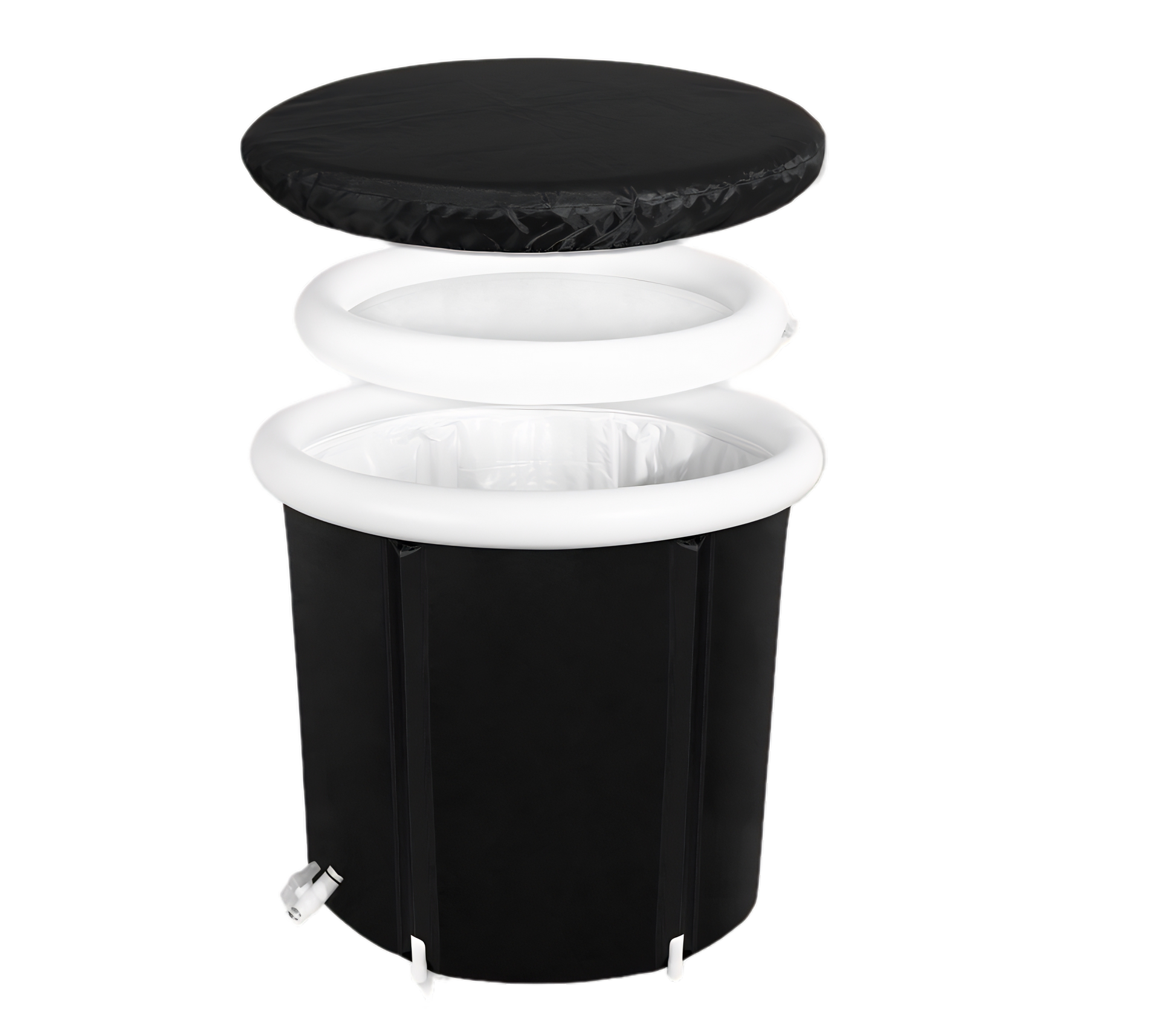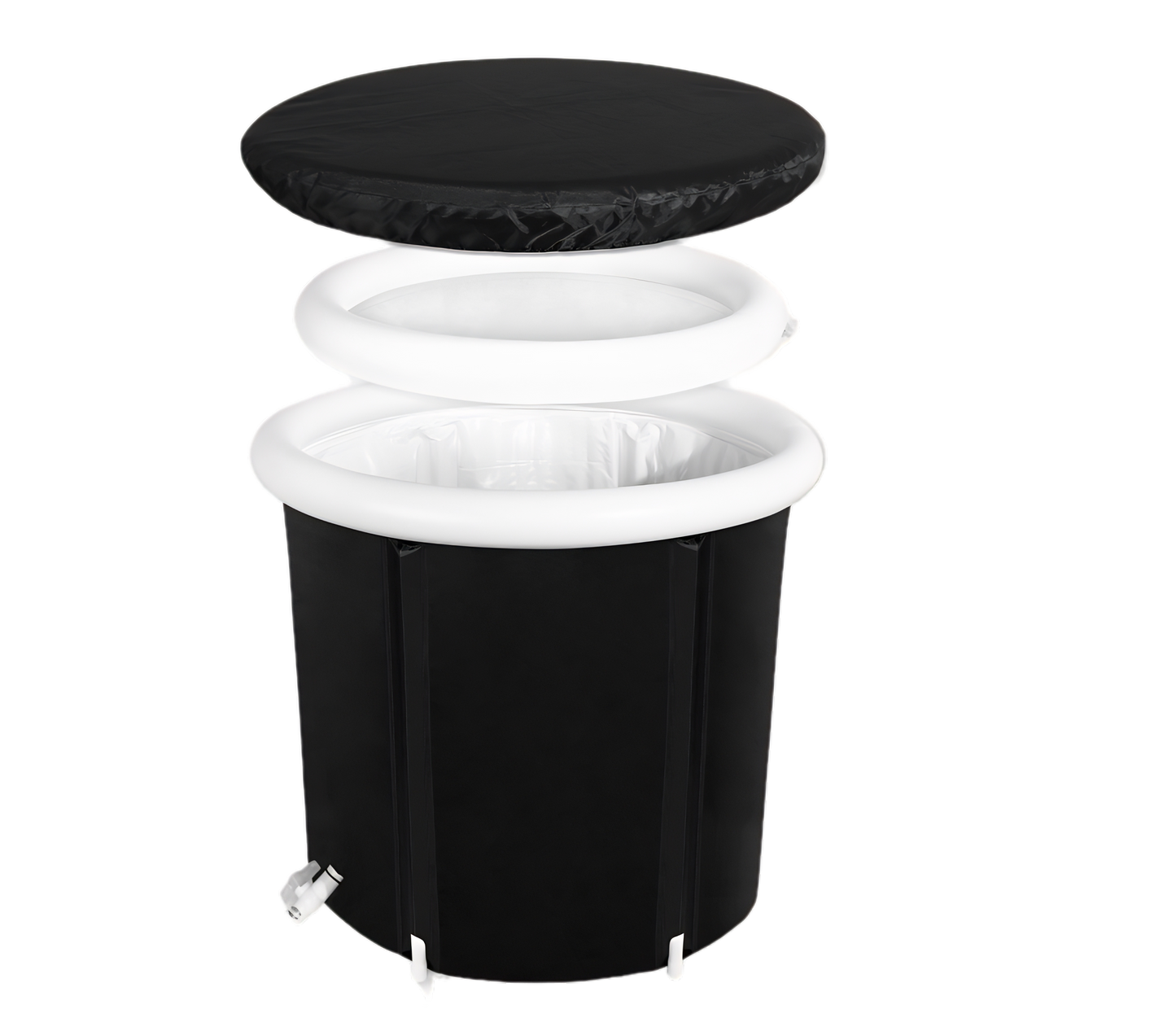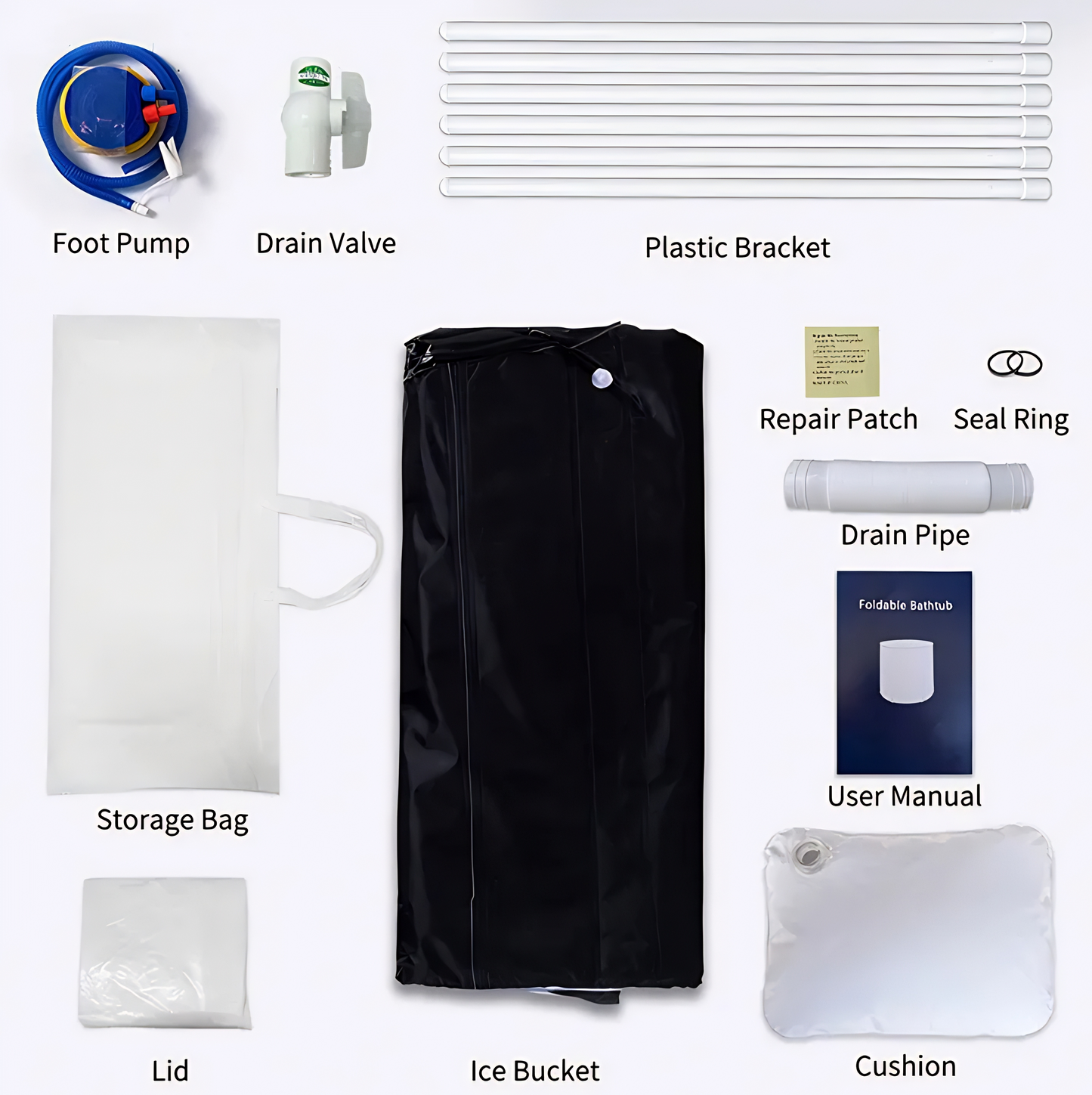Should You Stretch After an Ice Bath?
No, you should not stretch immediately after an ice bath. Wait 15-30 minutes for light stretching and 1-2 hours for deeper stretches. Muscles are temporarily stiffened and less elastic after cold immersion, increasing injury risk if stretched too soon. The optimal approach is to perform gentle movement immediately after, followed by progressive stretching as your body temperature normalizes.
Key Takeaways
- Wait 15-30 minutes after an ice bath before performing light dynamic stretches
- Allow 1-2 hours post-ice bath for comprehensive stretching routines
- Begin with gentle movement immediately after to restore circulation
- Cold muscles are less elastic and more susceptible to injury when stretched
- Progressive warming before stretching maintains ice bath benefits while minimizing risks
What Happens to Your Muscles During an Ice Bath
When you immerse your body in cold water (typically between 50-59°F or 10-15°C), several physiological changes occur:
- Vasoconstriction: Blood vessels narrow, reducing blood flow to extremities and muscles
- Decreased tissue temperature: Muscle temperature drops significantly, affecting elasticity and pliability
- Reduced inflammation: Cold exposure helps minimize swelling and inflammation from exercise-induced micro-tears
- Slowed nerve conduction: Nerve impulses travel more slowly, temporarily reducing pain and muscle spasms
- Metabolic slowdown: Cellular metabolism decreases, potentially limiting the immediate repair process
These effects create the foundation for cold therapy's benefits but also present unique considerations for when and how to stretch afterward.

Is It Safe to Stretch Right After an Ice Bath?
The safety of stretching immediately after an ice bath depends largely on understanding the temporary changes in your body:
Potential concerns include:
- Cold muscles have decreased elasticity and may be more susceptible to tears if stretched aggressively
- Reduced sensation may mask pain signals that would normally prevent overstretching
- Vasoconstriction limits blood flow to muscles, potentially reducing the benefits of stretching
Research suggests that while gentle movement is beneficial after cold exposure, intense or deep stretching immediately after an ice bath may not be ideal. Your muscles are in a temporarily stiffened state, making them less receptive to significant length changes.
When Is the Best Time to Stretch After an Ice Bath?
Timing your post-ice bath stretching session appropriately can maximize benefits while minimizing risks:
Optimal timing recommendations:
- Immediately after: Focus on gentle movement and very light, dynamic stretches to gradually restore circulation
- 15-30 minutes after: As your body temperature normalizes, muscles become more receptive to moderate stretching
- 1-2 hours after: This window may offer the best combination of reduced inflammation with restored tissue pliability for deeper stretching
The consensus among sports medicine professionals suggests allowing your body to gradually rewarm before engaging in comprehensive stretching routines. This approach helps maintain the anti-inflammatory benefits of the ice bath while safely improving flexibility.
Benefits of Stretching After Cold Therapy
When properly timed, combining stretching with ice bath therapy can enhance your recovery process:
- Accelerated lymphatic drainage: Gentle stretching helps move metabolic waste that has been flushed from tissues during vasoconstriction
- Enhanced range of motion: Once muscles have rewarmed, stretching can capitalize on reduced inflammation to improve flexibility
- Neuromuscular recalibration: Stretching helps restore normal proprioception and neuromuscular control after cold-induced changes
- Mental recovery: The combination provides both physical and psychological recovery benefits
- Improved sleep quality: This recovery protocol may contribute to better sleep patterns, essential for athletic recovery
These benefits are most pronounced when stretching is performed after your body has had time to rewarm from the ice bath exposure.
The Risks of Stretching Too Soon After an Ice Bath
Understanding the potential drawbacks of premature stretching is crucial for safe recovery:
- Increased injury risk: Cold muscles lack normal elasticity and may tear more easily when stretched aggressively
- Reduced proprioception: Your body's position sense is temporarily altered, making it difficult to gauge appropriate stretch intensity
- Counterproductive inflammation: Overstretching cold tissues can trigger additional inflammation, counteracting the ice bath benefits
- Compromised circulation: Stretching during vasoconstriction may further limit blood flow to recovering muscles
To minimize these risks, allow adequate rewarming time and start with gentle, progressive movements rather than static, deep stretches immediately after cold immersion.
Best Post-Ice Bath Stretching Routine
When the time is right to stretch after your ice bath, incorporate this progressive routine:
Phase 1: Immediately after (focus on movement, not stretching)
- Gentle walking or light marching in place (2-3 minutes)
- Arm circles and shoulder rolls (10-15 repetitions each)
- Ankle rotations and gentle knee bends (8-10 repetitions each)
Phase 2: 15-30 minutes after (light dynamic stretching)
- Walking lunges with gentle trunk rotations (8-10 each side)
- Standing hamstring curls (10-12 each leg)
- Cat-cow spinal movements (10-12 cycles)
- Gentle side bends (8-10 each side)
Phase 3: 1-2 hours after (comprehensive stretching)
- Static hamstring stretches (30 seconds each position)
- Hip flexor stretches (30-45 seconds per side)
- Quadriceps stretches (30-45 seconds per side)
- Chest and shoulder stretches (30 seconds each position)
- Spinal twist stretches (30-45 seconds each side)
Remember to breathe deeply throughout these movements and avoid pushing to the point of pain. The goal is restoration, not increasing flexibility limits.
Should You Stretch Before or After Ice Baths for Recovery?
The question of sequence—whether to stretch before or after an ice bath—depends on your specific goals:
Stretching before an ice bath may:
- Help prepare muscles for the cold shock
- Improve initial circulation before vasoconstriction
- Release tension that might be exacerbated by cold exposure
Stretching after an ice bath (with proper timing) may:
- Capitalize on reduced inflammation
- Help restore normal circulation patterns
- Enhance the overall recovery process
For optimal results, many elite athletes incorporate a brief, light dynamic warm-up before ice bath immersion, followed by comprehensive stretching 1-2 hours after the cold therapy session.
Final Thoughts on Should You Stretch After an Ice Bath
When asking "should you stretch after an ice bath," the answer requires nuance. While immediate, aggressive stretching may counteract benefits and increase injury risk, properly timed and progressive stretching can enhance the recovery process.
The most effective approach combines:
- Ice bath therapy for reducing inflammation and minimizing soreness
- A brief rewarming period to restore normal tissue temperature
- Progressive stretching from gentle movement to more comprehensive routines
Listen to your body throughout this process. Individual responses to cold therapy vary significantly, and your personal experience should guide your approach. Consider consulting with a sports medicine professional to develop a personalized protocol that addresses your specific recovery needs.
By understanding the physiological changes that occur during an ice bath and respecting the body's need for gradual transition back to normal activity, you can maximize the benefits of both cold therapy and stretching in your recovery routine.






